Do-It-Yourself Butterfly Garden
Love gardening and love admiring butterflies?
Bring nature into your home by combining both loves and creating your very own butterfly-attracting garden. Learn what kinds of flowers and plants you should cultivate in your garden to attract different butterfly species.
Here we list eight common butterflies found in Singapore and their favourite host plants.
|
|
Butterfly |
Host plant |
|
1 |
Chocolate Pansy Photo credit: Khew Sin Khoon
The Chocolate Pansy (Junonia hedonia) has orangey brown wings, while its underside is of a duller brown with dark stripes traversing across the wings, almost resembling leaves allowing it to camouflage well in leaf litter. |
Creeping Ruellia 
Photo credit: Vicky Lim Yen Ngoh |
|
2 |
Common Grass Yellow 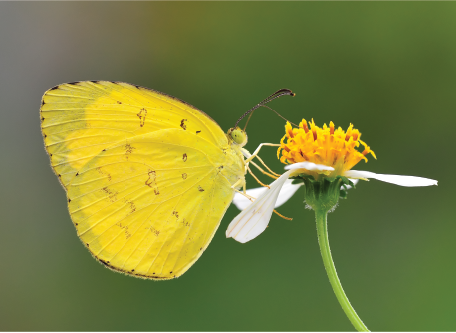
Photo credit: Khew Sin Khoon |
Peacock Flower
Photo credit: Arthur Ng |
|
3 |
Common Mormon
Photo credit: Robin Ngiam
The Common Mormon (Papilio polytes) measures to about 8 cm and belongs to a group of butterflies called swallowtails and they are known for their long tails that extend from their hindwing. |
Indian Curry Leaf Photo credit: Boo Chih Min |
|
4 |
Lesser Grass Blue Photo credit: Horace Tan |
Spanish Clover
Photo credit: Ying Wei Jong |
|
5 |
Lime Butterfly
Photo credit: Jason Yong |
Calamansi
Photo credit: Arthur Ng
This citrus-scented plant not only brings a fresh aroma to your garden but it is also a food source for the caterpillars of the Lime Butterfly and its small rounded fruits can be eaten when they turn from green to light orange.
|
|
6 |
Painted Jezebel
Photo credit: Khew Sin Khoon |
Malayan Mistletoe
Photo credit: Teo Siyang A woody shrub that can grow up to 2 m, it bears attractive pink flowers and is commonly found growing on trees. Since it is a parasitic plant, regular maintenance of its growth is necessary to avoid deterioration of its host plant. |
|
7 |
Plain Tiger
Photo credit: Khew Sin Khoon |
Giant Milkweed
Photo credit: Arthur Ng |
|
8 |
Tawny Coster
The Tawny Coster (Acraea terpsicore) is another commonly seen butterfly across Singapore. Measuing about 5.5 cm, it flies slugguishly in a fluttering manner around plants of the passion fruit family. |
Stinky Passionflower
As its name suggests, the Stinking Passionflower (Passiflora foetida) is a species of passionfruit and its leaves produce an unpleasant odour when crushed. |
Benefits of Gardening
Not only does gardening have an aesthetic function, scientific research has also shown that it can improve your overall well being, such as reducing stress. It is a good hobby to cultivate and you really don’t need green fingers to fill your homes with lush greenery.
Discover the other benefits you can get from gardening here.
Gardeners’ Day Out
Participate from the comfort of your home with online activities such as talks and demonstrations, video tutorials of activities and promotions offered. Enjoy Gardeners’ Day Out online at www.nparks.gov.sg/GDO.
You can also enjoy videos of our Gardening With Edibles Masterclass Series. They are conducted by NParks horticulturists, focusing on unique and challenging edibles across different plant families.
Do you enjoy butterfly watching? Would you like to learn about our butterflies and contribute to a citizen science study on these flying jewels? Join us for the next Butterfly Watch, as part of the NParks Community in Nature Biodiversity Watch series, to help us to learn more about the butterflies in our City in Nature.
Learning More
If you are a gardening newbie, visit NParksSG, our refreshed YouTube Channel that serves as a one-stop repository for close to 300 video resources. It covers topics ranging from types of soil needed for your garden and how to plant, harvest and even cook your edibles.
Keep your garden safe from attack by insect pests. Learn more about five such common pests of edible plants here. How can you make your garden more welcoming to bees? Learn more here.
For more information about the flora and fauna found in Singapore, please visit Flora and Fauna Web.
If you like what you read, follow us on Facebook, Instagram and Telegram to get the latest updates.
Text by Ang Xin
About the writer
Ang Xin is a final year Life Sciences student at National University of Singapore. She worked at NParks’ Communications and Community Engagement department for five months as part of her university’s Final Year Internship project. She curated content for the various NParks’ social media platforms and produced digital illustrations and infographics that translated dry scientific information into interactive and accessible messages that could be better understood by the general public.
Please email wong_yeang_cherng@nparks.gov.sg for more information on our internship programme.


---khew-sk.jpg)
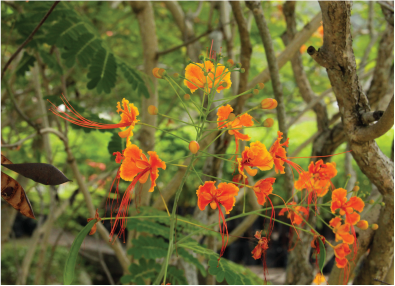

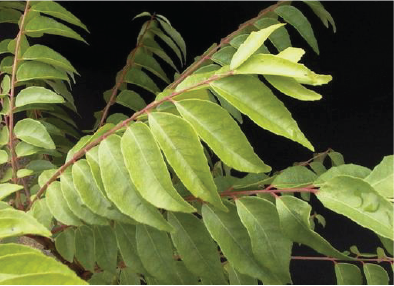
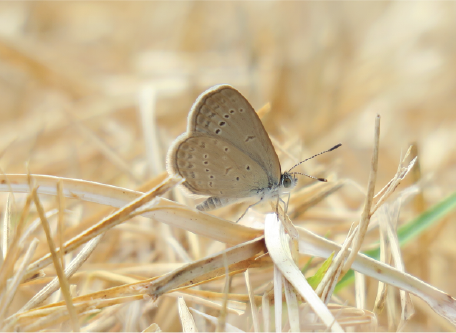
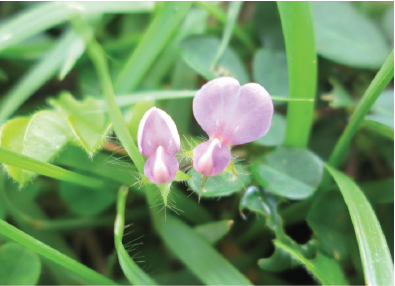
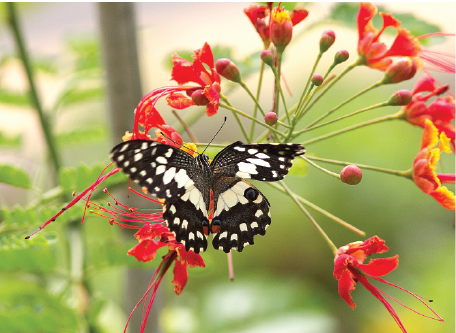

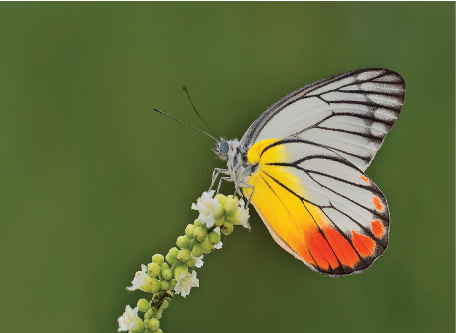

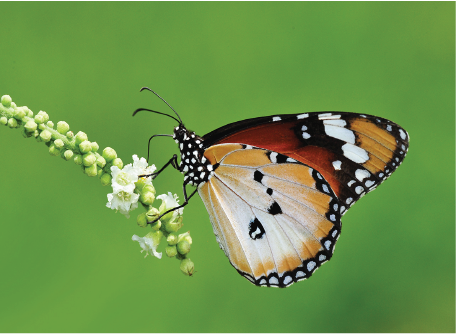
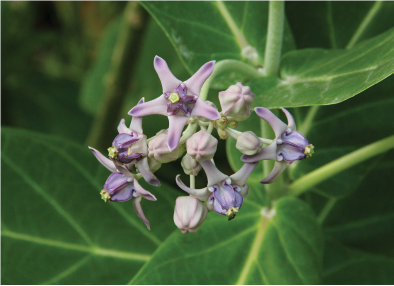
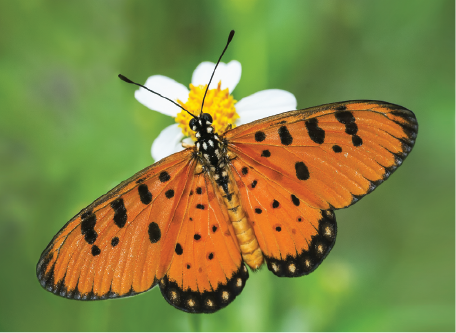
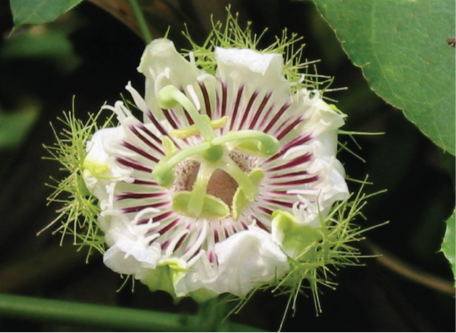



Have views or comments on this article? Let us know via this form. If you would like to give us feedback on any other areas relating to our parks and gardens, please submit via https://www.nparks.gov.sg/feedback